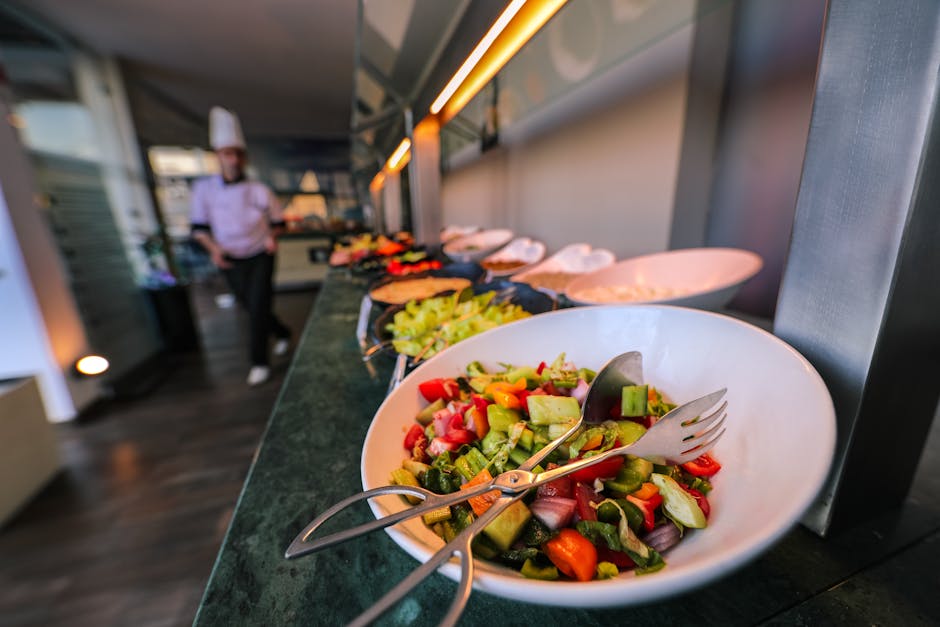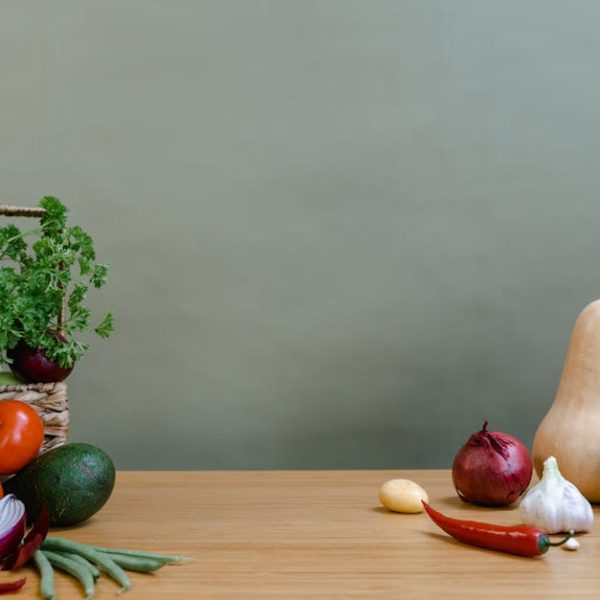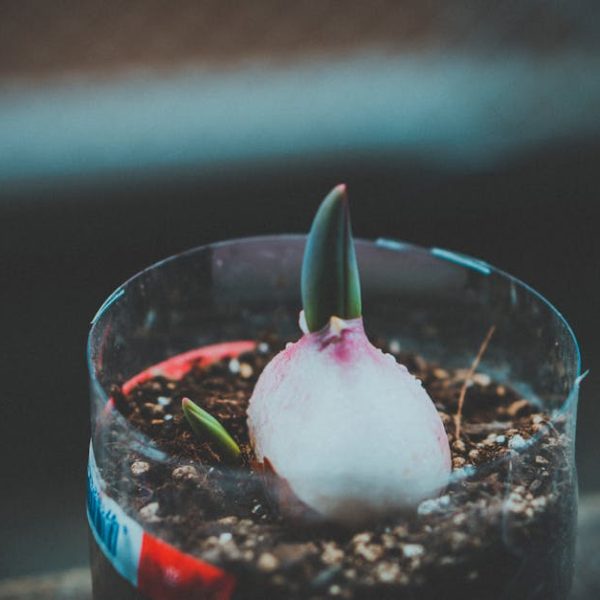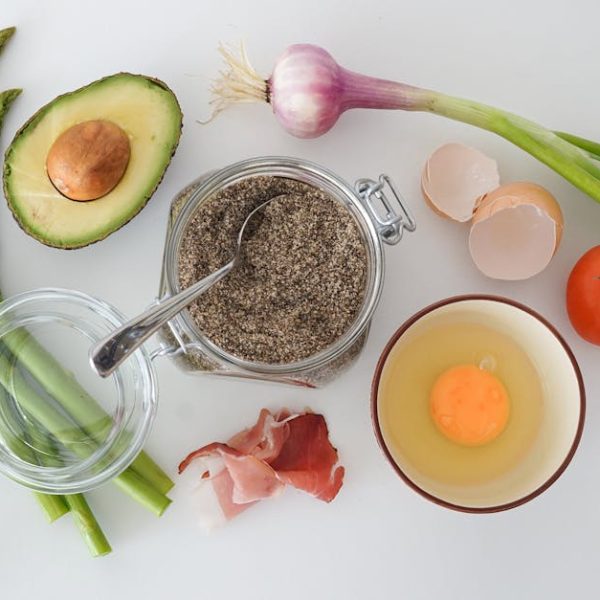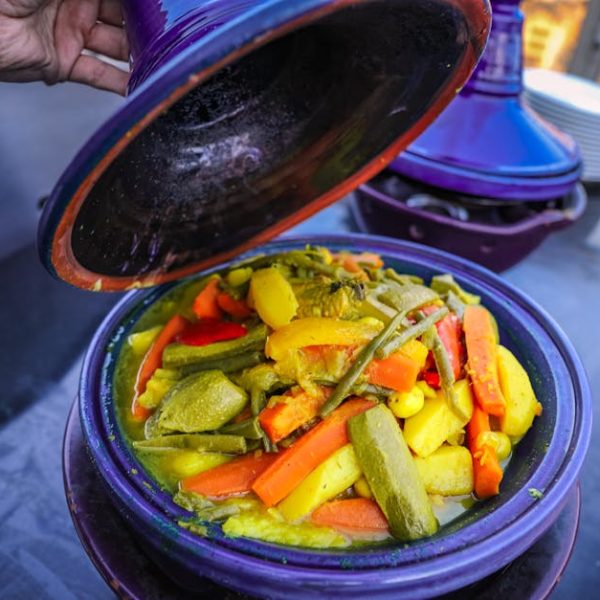So, you love tomatoes. But keeping them fresh for more extended periods tends to be tricky, right? Not anymore. By understanding the lifecycle of tomatoes, implementing proper storage techniques, utilizing preservation methods, and strategically using tomatoes in your meals, you can significantly extend the longevity of your tomatoes. Additionally, optimizing your buying habits plays a pivotal role in maximizing their shelf life. Here we delve into each aspect, providing you all the information you need to enjoy fresh, flavorful tomatoes for longer.
Understanding the Life Cycle of Tomatoes
Every produce has a lifecycle, and tomatoes are no exception. Being aware of the growth stages can swiftly help you identify the ripe, ready-to-eat ones from the ones that still need more time. That way, you also prevent them from over-ripening and spoilage, thus prolonging their freshness and lifespan.
There are four critical stages to pay attention to:
- The **Green Stage** where tomatoes are immature and firm to touch.
- The **Breakers Stage**, indicating the start of ripening.
- The **Turning Stage** when tomatoes start changing their color.
- The **Ripe Stage**, showing the ripe and ready-to-eat tomatoes.
Knowing how to spot these stages not only ensures you always eat tomatoes at their peak but also guides you on the storage method to use, essentially prolonging their shelf life.
Proper Storage Techniques for Tomatoes
While it may seem convenient to toss your tomatoes in the fridge, this is a common mistake. Cold temperatures break down the membranes within the tomato, altering its texture and flavor. Instead, store your tomatoes on the countertop at room temperature, especially if they are not fully ripe.
There are steps to follow for proper storage:
- Clean your tomatoes gently to remove any dirt.
- Leave the stem on until you’re ready to use the tomato.
- Place the tomatoes stem side down on a flat surface.
- Keep them away from direct sunlight.
Pro Tip: If your tomatoes start becoming overly ripe before using them, consider putting them in the fridge to slow down the ripening process. However, remember to consume them in a couple of days to prevent them from getting overly mushy or bland.
Preserving Tomatoes Through Canning and Freezing
If you have excess ripe tomatoes, don’t let them go to waste. Canning and freezing are two excellent methods you can use to prolong their shelf life. For canning, ensure you use fresh, disease-free tomatoes. Blanch them briefly before peeling and canning.
When freezing, cut your tomatoes into halves or quarters, blanch, cool, and use a sharp knife to remove any tough cores. Once done, pack them into freezer bags and freeze!
Remember these key points:
- Before preservation, always ensure that your tomatoes are clean and fresh.
- For canning, the canning jar should be sterilized and properly sealed to prevent contamination.
- For freezing, do not overfill your freezer bags since tomatoes expand when frozen.
Preservation of tomatoes not only reduces waste but also guarantees a constant supply of this nutritious fruit all year round.
Tomatoes in your Meals: Using them Wisely to Reduce Waste
Remember, the goal is to enjoy your tomatoes at their freshest and tastiest, not to toss them into the trash! Strategic meal planning is a brilliant way to ensure you utilize your tomatoes appropriately. Here are a few tips:
- Incorporate fresh tomatoes in your salads, sandwiches, and pasta dishes.
- Use your canned tomatoes in soups, stews, and curries.
- Frozen tomatoes work great in sauces, salsa, and tomato-based drinks like Bloody Mary.
Pro Tip: If your fresh tomatoes are becoming overly ripe, consider making a pasta sauce or a fresh tomato soup. They not only taste fantastic but also help in utilizing the tomatoes before they go bad.
Buying Tomatoes: What to Look for to Maximize Shelf Life
The last piece of the puzzle for ensuring that your tomatoes last as long as possible is in how and where you buy them. Here are a few things to keep in mind:
- Always select tomatoes that are firm and free of blemishes, wrinkles, or spots.
- While larger tomatoes can seem tempting, they often ripen and soften quicker. Go for smaller or medium-sized tomatoes.
- Whenever possible, buy local. Locally grown tomatoes are likely fresher since they have not been shipped over long distances.
- Consider buying in season. Seasonal tomatoes are fresher and tend to last longer compared to off-season ones.
To sum up, extending the shelf life of your tomatoes is perfectly achievable. Just follow this handy guide, and you’ll be enjoying fresh, delicious tomatoes for longer than ever before! Happy tomato loving!
Key Takeaway:
- Understanding the life cycle of tomatoes can guide you in identifying the right time to eat them and the appropriate storage method to use.
- Storing tomatoes at room temperature rather than in the fridge helps maintain their flavor and texture, ultimately prolonging their freshness.
- Effective use of preservation methods such as canning and freezing can significantly extend the tomatoes’ shelf life, reduce waste, and maintain their nutritional value.
- Strategically using tomatoes in your meals ensures they are consumed while still fresh and flavorful.
- Buying tomatoes requires consideration of certain factors, such as freshness, size, seasonality and locality, which can significantly affect their shelf life.
Remember, there is no need to worry about preserving your tomatoes for longer periods. By adhering to this guide, you’ll be enjoying juicy, tasty tomatoes over extended periods while minimizing waste. From understanding the tomatoes’ life cycle to incorporating proper storage techniques and preservation methods, you’ll find it all rather straightforward. Remember, buying quality tomatoes also plays a significant role in their longevity. Enjoy your tomato journey!
FAQs
Q: What happens when tomatoes are stored in the refrigerator?
A: When tomatoes are stored in the fridge, the cold temperature breaks down their membranes, altering their texture and flavor. Hence, it’s advisable to store tomatoes at room temperature, primarily if they’re not fully ripe.
Q: Is the size of tomatoes a factor to consider when buying?
A: Yes, while larger tomatoes may seem enticing, they tend to ripen and soften quicker. Therefore, it’s advisable to go for smaller or medium-sized tomatoes.
Q: How effective is the freezing method in preserving tomatoes?
A: The freezing method is highly effective in preserving tomatoes. However, you must ensure the tomatoes are clean, fresh, appropriately cut, and packed in freezer bags before freezing.
Q: Can I include overly ripe tomatoes in my meals?
A: Overly ripe tomatoes can still be included in your meals. They are great for making pasta sauces or fresh tomato soup.
Q: How does buying local tomatoes influence their shelf life?
A: Local tomatoes are likely to be fresher as they’ve not been shipped over long distances. Hence, they tend to have a longer shelf life.
Share and explore more articles on our website to gather handy tips and best practices for your culinary journey, especially if you’re a tomato enthusiast. Enjoy and happy cooking!
